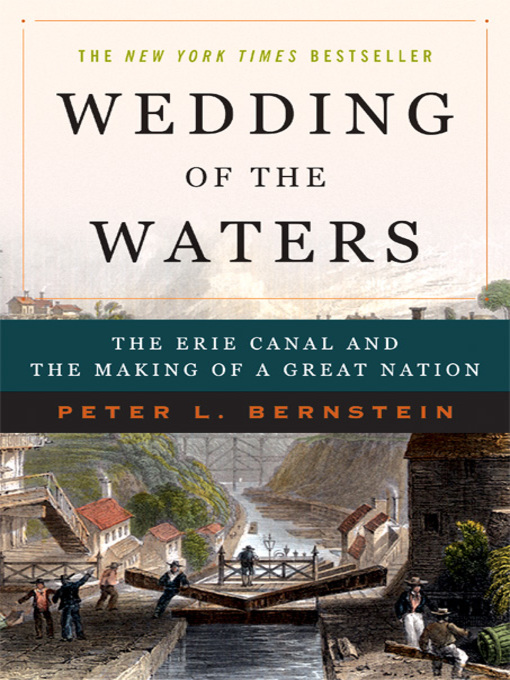New York Times Bestseller
The epic account of how one narrow ribbon of water forever changed the course of American history.
The history of the Erie Canal is a riveting story of American ingenuity. A great project that Thomas Jefferson judged to be "little short of madness," and that others compared with going to the moon, soon turned into one of the most successful and influential public investments in American history.
In Wedding of the Waters, best-selling author Peter L. Bernstein recounts the canal's creation within the larger tableau of a youthful America in the first quarter-century of the 1800s. Leaders of the fledgling nation had quickly recognized that the Appalachian mountain range was a formidable obstacle to uniting the Atlantic states with the vast lands of the west. A pathway for commerce as well as travel was critical to the security and expansion of the Revolution's unprecedented achievement. Gripped by the same fever that had driven explorers such as Hudson and Champlain, a motley assortment of politicians, surveyors, and would-be engineers set out to build a complex structure of a type few of them had ever actually seen, let alone built or operated: a manmade waterway cut through the mountains to traverse the 363 miles between Lake Erie and the Hudson River. By linking the seas to the interior and the interior to the seas, these pioneers ultimately connected the Atlantic Ocean to the Mississippi River. Bernstein examines the social ramifications, political squabbles, and economic risks and returns of this mammoth project. He goes on to demonstrate how the canal's creation helped bind the western settlers in the new lands to their fellow Americans in the original colonies, knitted the sinews of the American industrial revolution, and even influenced profound economic change in Europe.
Featuring a rich cast of characters that includes political visionaries like George Washington, Thomas Jefferson, and Martin van Buren; the canal's most powerful champions, Governor DeWitt Clinton and Gouverneur Morris; and a huge platoon of Irish and American diggers, Wedding of the Waters reveals that the twenty-first-century themes of urbanization, economic growth, and globalization can all be traced to the first great macroengineering venture of American history.


